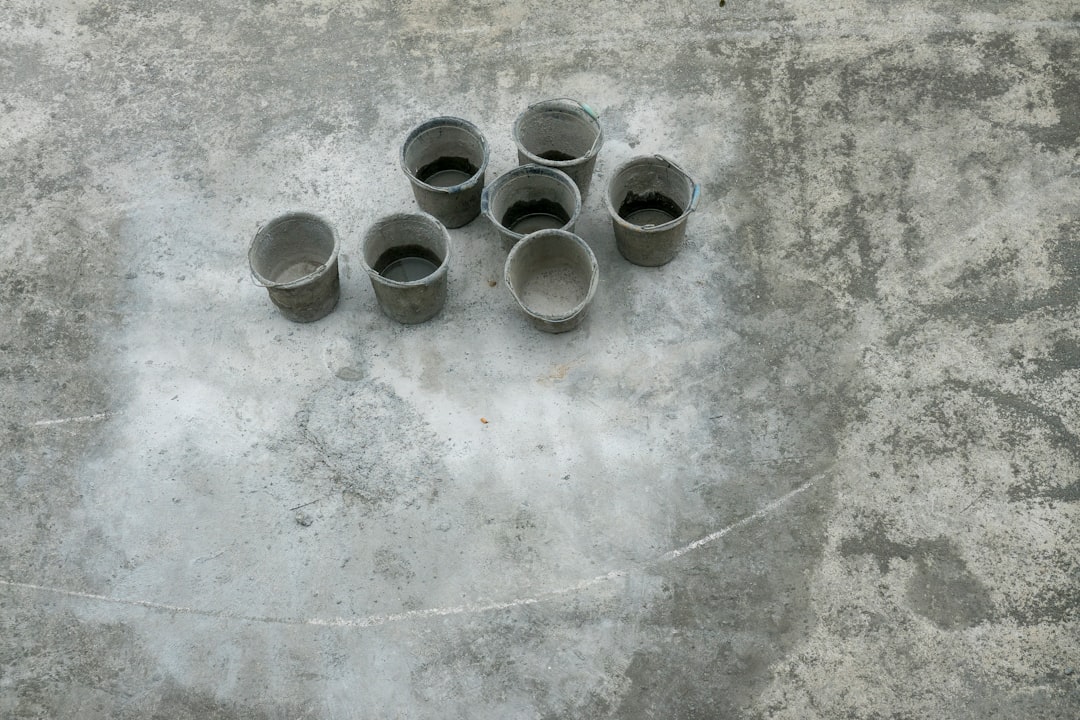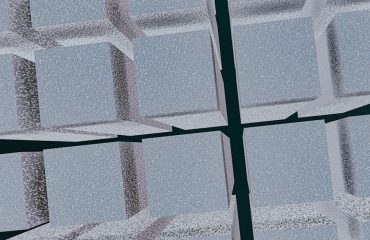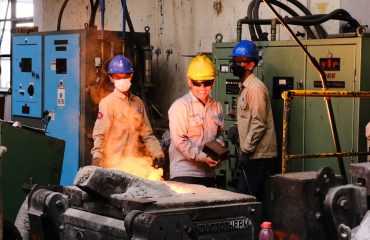Corrosion is a silent enemy, silently eating away at metal pipes, leading to costly repairs, leaks, and even catastrophic failures. Protecting your pipeline infrastructure is crucial, and primer-coated pipes offer a robust and effective solution. This comprehensive guide will delve into the world of primer-coated pipes, exploring their benefits, application processes, and the significant role they play in ensuring long-term durability and efficiency.
Understanding the Importance of Corrosion Protection in Pipes
Corrosion in pipes is a significant concern across various industries, from water distribution and oil & gas to chemical processing and construction. The cost associated with corrosion damage is staggering, encompassing repair costs, replacement expenses, downtime, and potential environmental damage. The formation of rust and the degradation of the pipe’s material can lead to reduced flow capacity, leaks, and ultimately, pipe failure. This is where the protective layer of a primer becomes invaluable. A primer acts as the first line of defense, creating a barrier between the pipe’s surface and the corrosive elements in the environment. This barrier significantly slows down the corrosion process, extending the lifespan of the pipe and minimizing maintenance needs.
Types of Primers Used for Pipe Coating
Various types of primers are available, each designed to provide optimal adhesion and corrosion protection depending on the pipe material and the environment it will be exposed to. Common types include:
- Epoxy Primers: Known for their excellent adhesion, chemical resistance, and durability. They offer robust protection against a wide range of corrosive agents.
- Zinc-rich Primers: These primers contain a high percentage of zinc particles, which act as sacrificial anodes. The zinc corrodes preferentially, protecting the underlying pipe material. They’re particularly effective in highly corrosive environments.
- Acrylic Primers: Often used as a base coat for polyurethane topcoats, acrylic primers provide good adhesion and UV resistance, making them suitable for outdoor applications.
- Polyurethane Primers: These primers offer excellent flexibility and chemical resistance, making them suitable for pipes subjected to vibration or stress.
The selection of the appropriate primer depends on factors such as the pipe material (steel, cast iron, etc.), the type of coating applied over the primer, the environmental conditions (temperature, humidity, exposure to chemicals), and the specific application requirements.
The Application Process of Primer Coatings on Pipes
Proper application is critical to ensure the effectiveness of the primer coating. The process generally involves several steps:
- Surface Preparation: This is the most crucial step. The pipe surface must be thoroughly cleaned to remove rust, mill scale, dirt, grease, and other contaminants. Methods like blasting, grinding, or wire brushing are commonly used to achieve a clean, profile surface for optimal adhesion.
- Primer Application: The primer is applied evenly using methods such as brushing, spraying, or dipping. The application method depends on the type of primer, the size of the pipe, and the desired coating thickness. Multiple coats may be required to achieve the desired level of protection.
- Drying and Curing: After application, the primer needs sufficient time to dry and cure completely. The drying and curing time varies depending on the type of primer and environmental conditions. Proper ventilation is essential during this stage.
- Topcoat Application (if necessary): In many applications, a topcoat is applied over the primer to provide additional protection and enhance the overall durability of the coating system. The topcoat is selected based on the specific environmental conditions and desired properties.
Long-Term Benefits of Using Primer-Coated Pipes
Investing in primer-coated pipes offers numerous long-term benefits:
- Extended Pipe Lifespan: The protective primer significantly extends the lifespan of the pipes, reducing the frequency of replacements and associated costs.
- Reduced Maintenance Costs: By preventing corrosion, primer-coated pipes require less maintenance, saving time and money on repairs and replacements.
- Improved Efficiency: Corrosion can reduce the flow capacity of pipes. Primer coating helps maintain optimal flow rates, ensuring efficient operation of the pipeline system.
- Enhanced Safety: Corrosion can weaken pipes, leading to leaks and potential safety hazards. Primer-coated pipes reduce the risk of such incidents.
- Environmental Protection: By preventing corrosion and leaks, primer-coated pipes help protect the environment from potential contamination.
Choosing the Right Primer and Contractor for Your Project
Selecting the right primer and a reputable contractor is crucial for ensuring the long-term success of your project. Consider the following factors:
- Pipe Material and Application: The choice of primer should be compatible with the pipe material and the specific application environment.
- Contractor Experience and Expertise: Choose a contractor with proven experience in applying primer coatings to pipes and a strong understanding of surface preparation techniques.
- Quality Assurance: Ensure the contractor follows industry best practices and adheres to quality control procedures throughout the application process.
- Warranty and Guarantees: Inquire about warranties and guarantees offered by the contractor and the primer manufacturer.
By carefully considering these factors, you can ensure that your investment in primer-coated pipes delivers the maximum benefits in terms of corrosion protection, longevity, and cost-effectiveness.
Keywords: primer coated pipes, corrosion resistance, pipe coating, epoxy primer, zinc-rich primer, corrosion protection, pipeline protection




